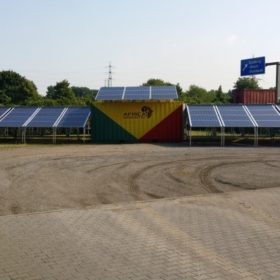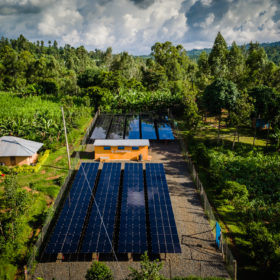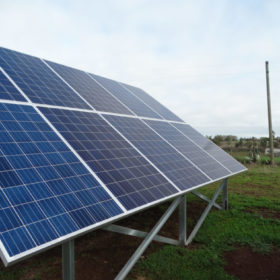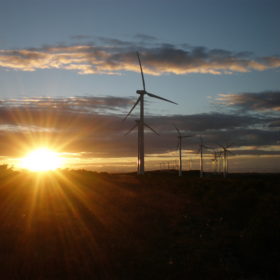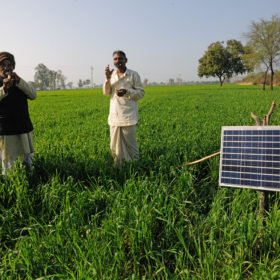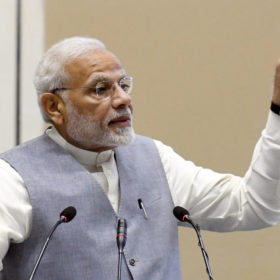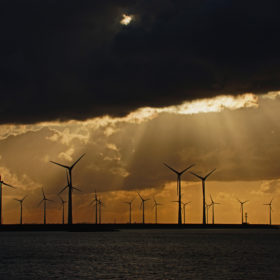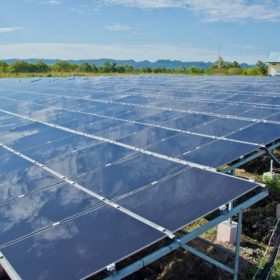‘Renewables mini grids need good policy frameworks’
The International Renewable Energy Agency says Asia is offering the largest amount of people mini grid access, with the development of such systems mostly led by governments. Global installed capacity reached 308 MW at the end of 2017.
Risk of a ‘bridge to nowhere’ effect in Africa’s electrification
A report from the United States’ Rocky Mountain Institute finds more work is needed on the demand side for microgrids and other rural electrification projects in Africa. Such projects, says the report, often focus on building generation capacity, with little consideration for the ability of end users to make good use of energy.
Moixa launches 35 MWh battery cluster in Japan
The smart battery storage supplier has launched a 35 MWh cluster in Japan. This could grow to over 100 MWh within a year, says Moixa.
Use of PV can reduce diesel consumption in energy-intensive cultivation in southern Europe
Italian, Spanish and Portuguese scientists have published a study about energy consumption and the environmental footprint of the use of solar-hybrid irrigation systems in olive plantations in Portugal and Morocco.
‘There is no alternative to a world of 100% renewables’
Electrifying the global energy system with clean energy is the only way to reach the targets set by the Paris agreement on climate change and avoid the catastrophic scenarios outlined by the recent IPCC report. In an interview with pv magazine, Christian Breyer – Professor of Solar Economy at Finland’s Lappeenranta University of Technology – explains a 100% renewables model is not only technically feasible, but also the cheapest and safest option. With solar and storage at its core, the future energy system envisaged by Breyer and his team will not only stop coal, but also nuclear and fossil gas, while seeing solar reach a share of around 70% of power consumption by 2050. By that time, PV technology could cost a third of its current price.
Rural India offers a $50bn opportunity for clean energy innovations
The farming sector alone offers a potential $40bn marketplace, thanks to rice transplanting, pesticide spraying and grain harvesting – says the Council on Energy, Environment and Water thinktank.
India added world’s second largest PV capacity in first half of 2018
The nation installed 4.9 GW of solar, surpassing the USA – which installed 4.7 GW – to become the second largest solar market in the first half of the year, second only to China’s 24.3 GW.
Decentralized solar-plus-storage would fire sub-Saharan Africa
According to a UC Berkeley study, the falling costs of storage technologies will make it possible for Sub-Saharan countries to rely on decentralized systems based mainly on solar-plus-storage, bringing access to electricity to more than 600 million people.
Renewables make up more than 20% of generation in 10 US states, with more on the way
Recent analysis from the Department of Energy shows the Midwest and Plains States lead, but the coasts are on track to catch up thanks to mandates.
Micro and mini-grids to bring power to Indonesia’s off-grid communities
The government wants to help the provinces of eastern Indonesia – in particular Papua, which has the lowest electrification rate in the country. Policymakers are in talks with the Asian Development Bank and seeking advice for implementation.
